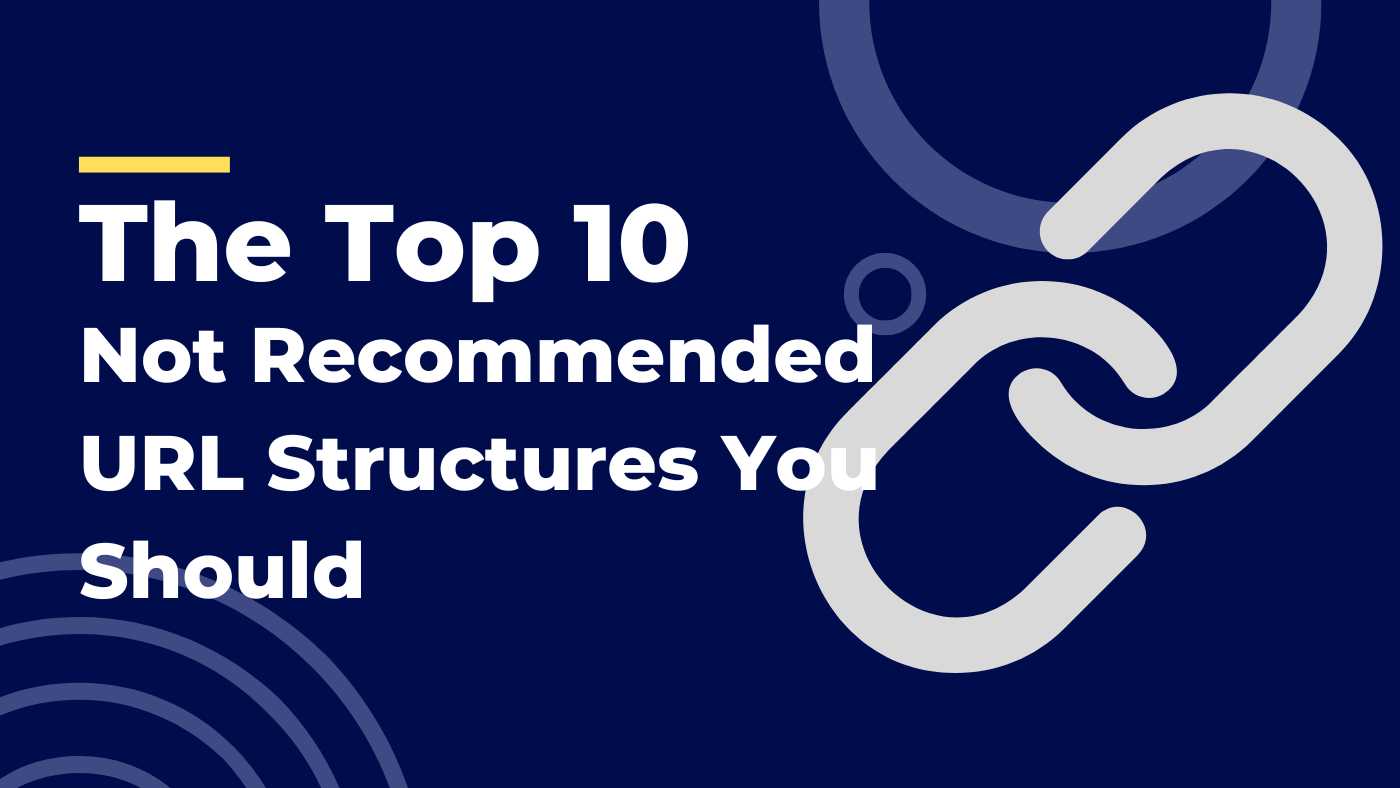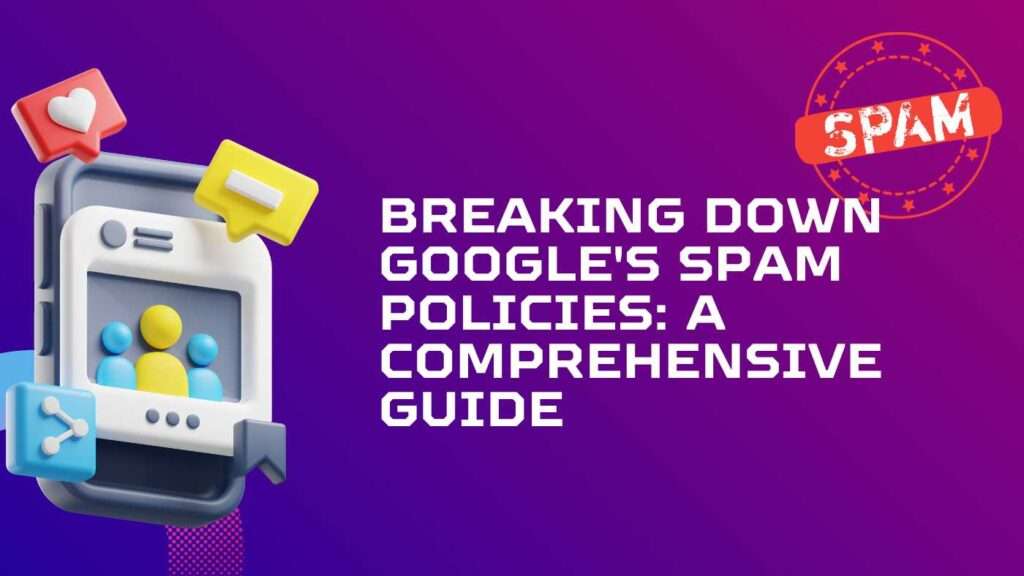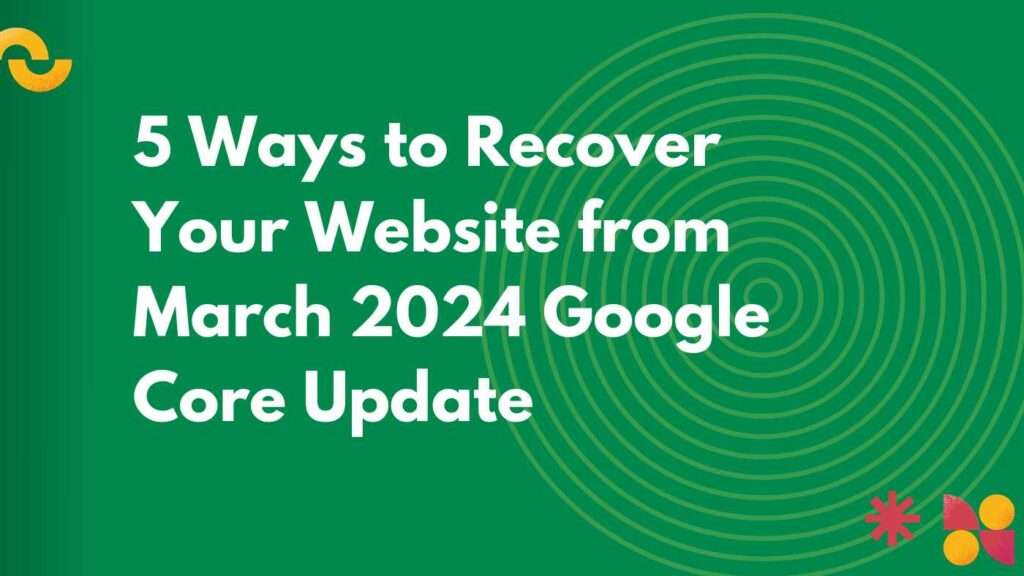Introduction
Have you ever come a website with a URL that seemed confusing or poorly structured? The way a website’s URLs are formed can have a significant impact on user experience, search engine optimization, and website maintenance. In this article, we will delve into the top 10 Not Recommended URL Structures and should be avoided at all costs. By understanding these pitfalls, you can ensure that your website’s URLs are user-friendly, SEO-friendly, and maintainable.
Query String URLs
Example: https://www.website.com/page.php?id=12345
Query strings, consisting of a question mark followed by key-value pairs, are often used to pass data between web pages. However, relying solely on query strings in your URLs can make them look messy and difficult to understand. Additionally, search engines might struggle to interpret query string parameters, impacting your website’s ranking in search results.
Generic Numeric IDs Not Recommended URL Structures
Example: https://www.website.com/category/12345
Using generic numeric IDs in URLs provides little to no context about the content they represent. This structure can make it challenging for both users and search engines to understand the purpose of a particular page. Avoiding generic numeric IDs and using descriptive keywords instead can enhance the user experience and improve your website’s SEO.
Capital Letters in URLs
Example: https://www.website.com/ProductPage
URLs are case-sensitive, meaning that capitalizing letters can lead to inconsistencies. When users manually type URLs, they may omit the capitalization, resulting in error pages or broken links. To ensure consistency and eliminate potential issues, it is best to use lowercase letters consistently in your URLs.
“Avoid using capital letters in URLs to prevent confusion and broken links.” – Web Development Magazine
Dynamic URLs with Special Characters
Example: https://www.website.com/category/page?product=red%20shirt
Dynamic URLs generated by content management systems or e-commerce platforms often include special characters for encoding purposes. These URLs can appear cluttered and confusing to users, potentially hindering accessibility and creating difficulties for search engines to crawl and index your pages effectively. It is advisable to use clean, static URLs that are more user-friendly and search engine-friendly.
Lengthy URLs
Example: https://www.website.com/this-is-a-very-long-url-that-may-be-hard-to-read-and-remember
Long URLs not only look unwieldy but also negatively impact user experience. Users may hesitate to share or link to such URLs, leading to a potential loss of valuable inbound links. Moreover, search engines might truncate lengthy URLs, causing them to lose their context and relevance. Keep your URLs concise and descriptive to improve accessibility and SEO.
Duplicate Content URLs
Example: https://www.website.com/category/page and https://www.website.com/page
Using different URLs for the same content can result in duplicate content issues, which can harm your website’s SEO efforts. Search engines may struggle to determine which URL should be indexed or ranked higher. Implement proper canonicalization techniques, such as 301 redirects, to consolidate duplicate URLs and avoid diluting your website’s authority.
Lack of Hyphens or Underscores
Example: https://www.website.com/ProductName
URLs without hyphens or underscores can create readability issues, making it hard for both users and search engines to understand the individual words within the URL. By using hyphens or underscores to separate words in URLs, you improve their readability and accessibility.
Session IDs in URLs
Example: https://www.website.com/page;jsessionid=abc123
Including session IDs in URLs can lead to unnecessary complexity and potential security risks. Session IDs are typically used to track user sessions but are better managed through cookies or server-side sessions. Removing session IDs from URLs contributes to cleaner and more user-friendly URLs.
Using non-ASCII characters in the URL
Example: https://www.website.com/überäwesome and https://www.example.com/杂货/薄荷
URLs containing non-ASCII characters can pose compatibility issues across different platforms and browsers. While modern systems generally support Unicode characters in URLs, relying heavily on non-ASCII characters may lead to confusion and errors, particularly in older systems or when sharing links across various mediums. It’s advisable to stick to ASCII characters for broader compatibility and clarity.
Words in the URL joined together
Example: https://www.website.com/thisisabadexample
URLs where words are concatenated without separators can be challenging to read and comprehend, both for users and search engines. Breaking up words with hyphens or underscores enhances readability and accessibility, making it easier for users to understand the content of the page. Opting for clear and separated words in URLs contributes to better user experience and improved search engine optimization.
Read More: URL structure best practices for Google
Conclusion
URL structure plays a vital role in enhancing user experience, search engine optimization, and website maintenance. By avoiding the not recommended URL structures discussed in this article, you can ensure that your website’s URLs are clean, descriptive, and user-friendly. Remember, a well-structured URL not only improves the accessibility and navigability of your website but also boosts its overall visibility on search engine result pages. Take the necessary steps to optimize your URL structure today for an improved online presence.





